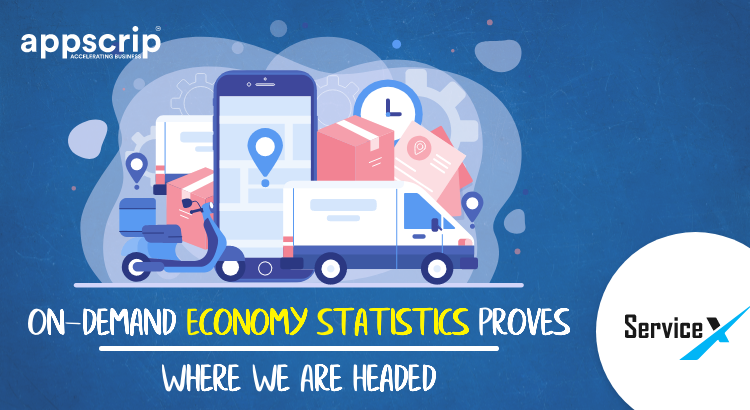The on-demand economy is booming. It has been adopted by a larger section of the population in an acceptable manner. The on-demand economy is defined as the economic activity created by digital marketplaces and service providers to fulfil the needs of consumers for access to goods and services.
Probing into the reasons (on demand economy statistics) on the successful assimilation of the on-demand economy we can draw up certain conclusions. The on demand economy is at its quickest growth rate, has enviable ROI, and enables efficient streamlining of business operations.
The On-demand economy is expanding at an amazing rate in the midst of COVID-19 and is fulfilling the demand of folks by providing instant access, convenience, and personalized experience to customers.
It is estimated that the on-demand economy will soar to reach a whopping $335 billion by 2025. Consumers are already spending $57.6 billion in the on-demand economy that cater to 22.4 million users on a yearly basis.
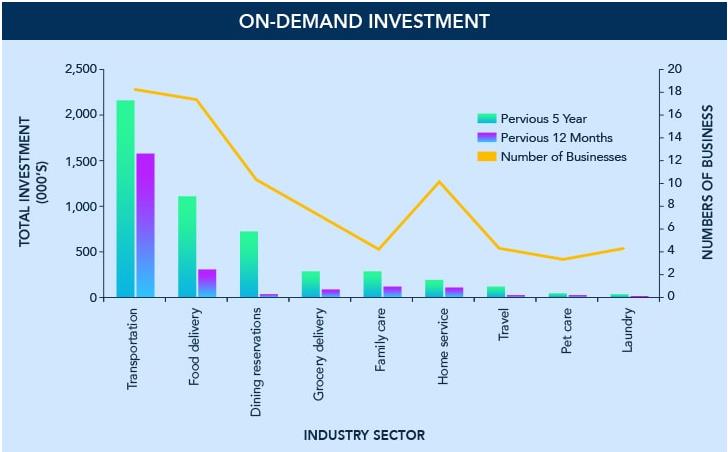
It is clear that on-demand business has been in trend and will continue to be. Covid-19 has accelerated the growth of the On-demand business with the help of a smartphone. This is one of the biggest reason’s as to why businesses are shifting towards an on-demand economy to bolster consumer changed preferences and hyper-impatient needs.
There are thousands of companies that have imbibed the on-demand model.
With consumer behavior changing to prioritize fast, simple, and efficient experiences, the on-demand economy is growing at a quick pace. Consumers are looking for convenience, ease, and quick service as top requirements to have their needs met.
The ease of picking your working conditions and working hours is appealing to those with skills to meet growing consumer demand.
The On-demand mobile app economy has over 22.4 million users spending $57.6 billion to get real-time services in a single year.
On-Demand Economy Entities
Many of the popular services used by people on a regular basis that are examples of the on-demand economy such as ride-sharing platforms Uber and Lyft, grocery delivery services are some instances of services within the on-demand realm.
Industries that have imbibed the on-demand economy are business services, travel, education, delivery, shipping, parking, kids transportation, healthcare services, pet care, home services, transportation, health & beauty, reservations & ticketing.
On-demand Economy Statistics:
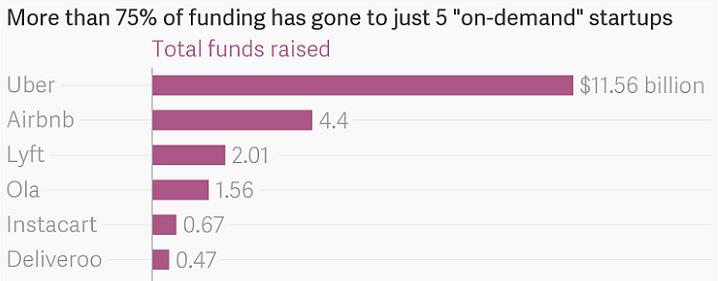
On-demand industry has brought upon a revival in the economy. Here are some staggering facts regarding the on-demand economic revolution:
- 51%of the on-demand economy firms have enhanced their profits.
- 67% of employees working in these businesses have increased their earnings.
- 45%employees are satisfied with the working schedules.
- Investment in on-demand apps and websites will rise to $335 billion by 2025.
- On-demand Economy is disrupting the entire gamut of conventional business processes.
Why On Demand Apps Are Ruling:
Ease of access:
Customers find it easy to search, select and order for a service without too much delay and without searching physically for options.
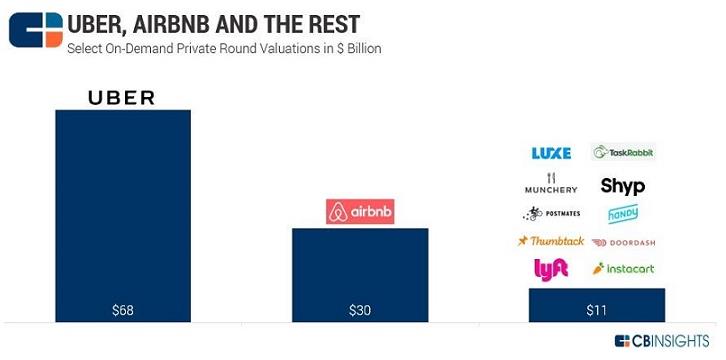
Quick Turnaround Time:
The turnaround time for most services requested by consumers is completed without too much delay. Most on demand services can also be scheduled as per your preference.
Several Options:
Customers have different options such as ordering for the service on regular basis. Or looking for your favourite person with whom you are comfortable.
Efficient Service:
Quick and efficient service is an imperative influencing factors to build trust among people.
Various Payment Modes:
Another important feature that improves user experience and encourages them to inculcate on-demand services is a quick, easy and diverse option to make payment.
Awareness of Services:
Most people are now aware of the on demand model and have come to prefer this kind of service as it saves them time that can be invested for other chores.
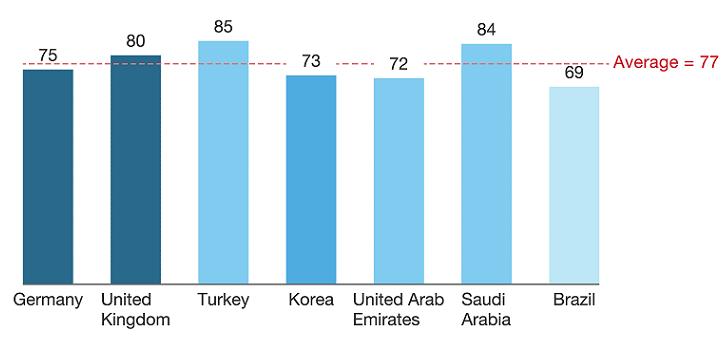
Working Of The On-Demand Economy
The on-demand economy works by taking a service and using technology to connect suppliers with consumers, such as food delivery, fitness trainers, hair-stylist, or handyman repairs.
This connect usually happens through a technological service such as a website or smartphone application, with both parties signing up for accounts in order to use the service. When a customer needs a particular service they access an app to input their parameters and send a request to connect with the apt service provider.
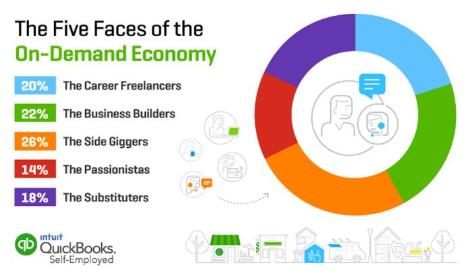
The service provider is then alerted of the service request and completes basic formalities of accepting the work and the providing a suitable estimation for the work to be done. Upon completion of the service, payment is completed online.
This ensures that there is no sharing of personal information between parties — as the technology company acts as an intermediary and safeguards their personal information.
After the completion of the job both the provider and user are prompted to provide feedback and ratings for each other so as to improve the service and the system.
4 Ways How On-demand Economy Is Changing Businesses
The On-demand economy has started ruling the manner businesses work. This has evolved keeping customer-centricity in mind and the need for easy access.
Let’s see how the On-demand business is transforming the world, with gaining new users every day.
1. Contactless Delivery
The effect of the pandemic has been such that, increasing number of users prefer to shop online, and hence avoid visiting brick and mortar stores. More and more businesses are switching to online platforms. To meet customer expectations, it is very important for companies to draw innovative measures that are supposed to give customers more than they expect from you.
A February 2021 survey revealed that 36% of respondents used contactless delivery. Buying items online and picking them up in store has also gained in precedence.
One another reason to go in for contactless delivery is to protect delivery personnel as well. Thus businesses have coined the term “contactless delivery”. In this, agents use to leave the baggage outside the customer doorstep, so that they can maintain social distancing and avoid spreading of this life-taking virus.

2. Convenience
From transportation, delivery, telemedicine, medicine delivery, today, customers want everything instantly and delivered to them. The On-demand companies increase accessibility and aim to deliver customer experience with the quality of service. In this present scenario when being in a crowd is risky, on-demand economy has played a vital role to curb the spread of the virus.
During a lockdown, we have started baking, painting, repairing, working, cooking everything on our own. Convenience has made us think like that.
3. Personalization
Customers also expect you to know them personally. If you are someone who loves Amazon, Alibaba, Lazada, then you might have noticed these brands have one thing in common, that is providing a memorable experience. And customer experience isn’t just providing an opportunity to sell and buy goods. It rather comes from how you treat your clients at all touchpoints.

4. Behavioral Targeting
You have only two options left, innovate or lose. The On-demand economy is revolutionizing customer experience. And, behavioral targeting has a significant role in shaping consumer behavior.
Factors that are imperative here are rising customer expectations and competition.
After you have behavioral information, you can organize and segment it depending upon the user’s demographic data such as gender, product, interests, buying fashion, etc.
Benefits of the On-Demand Economy
There are many benefits to the on-demand economy, chiefly the real-time fulfilment of goods and services, and the ease and convenience of finding a skilled service provider.
The on-demand model is preferred because it satisfies the needs of consumers in a cost-effective, scalable, and efficient way. It also allows service providers to offer services and realize astounding levels of profit, without too much overhead costs associated with traditional models.
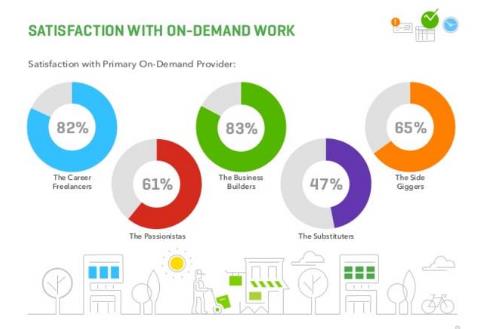
Staff need not be hired, trained, or benefits provided since work is often service-based, there are no costs associated with materials. The service provider assumes the direct day-to-day operating costs of the business, while the company maintains the technological network.
One downfall of the on-demand economy for businesses is the requirements to maintain and ensure user privacy.
People can choose to work as much or as little as they want, and can often be paid out same day for services rendered. Workers also don’t have to worry about sourcing and qualifying customers, as the app is designed to provide a steady supply of requests.
Conclusion On Demand Economy Statistics
The on-demand economy provides a convenient manner to provision goods or services to consumers in the market. The on-demand economy is here to stay and represents one of the quickest and largest growing domains since the advent of Internet commerce.
As consumers look for more convenience, speed, and simplicity for the tasks in their lives, service providers will continue adapting in order to meet such needs. Sooner than you realize, the on demand industry will be able to satisfy nearly every need or desire with just the touch on a mobile, no matter where the location.
After an Engineering degree and a Diploma in Management I devoted 16+ years working in the automotive industry. My innate skill and extreme passion in writing, encouraged me to adopt it up as a profession. I have been writing for more than 10+ years in the software industry. The 400+ blogs I published are informative, exhaustive and interesting to a professional and causal reader.
